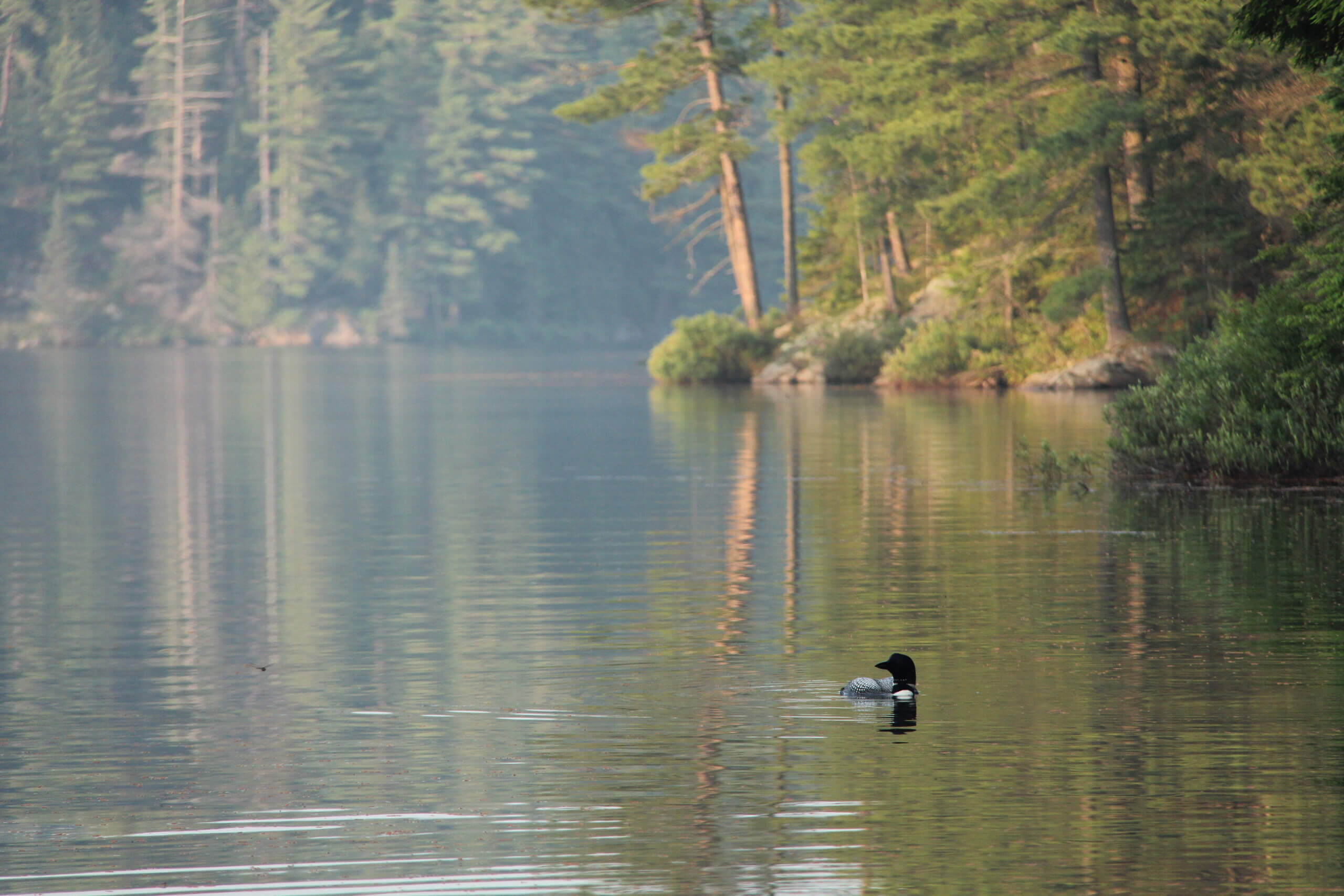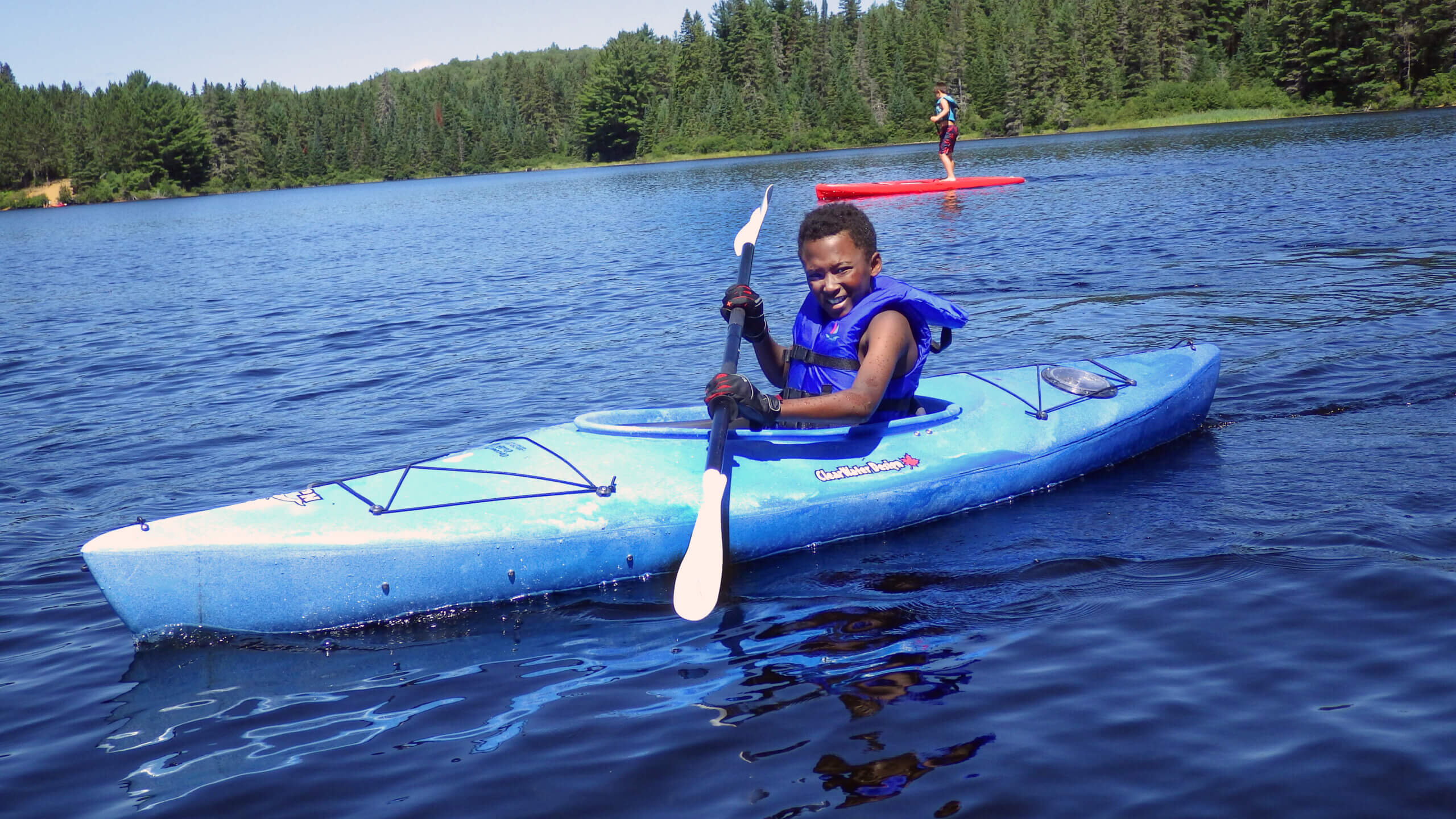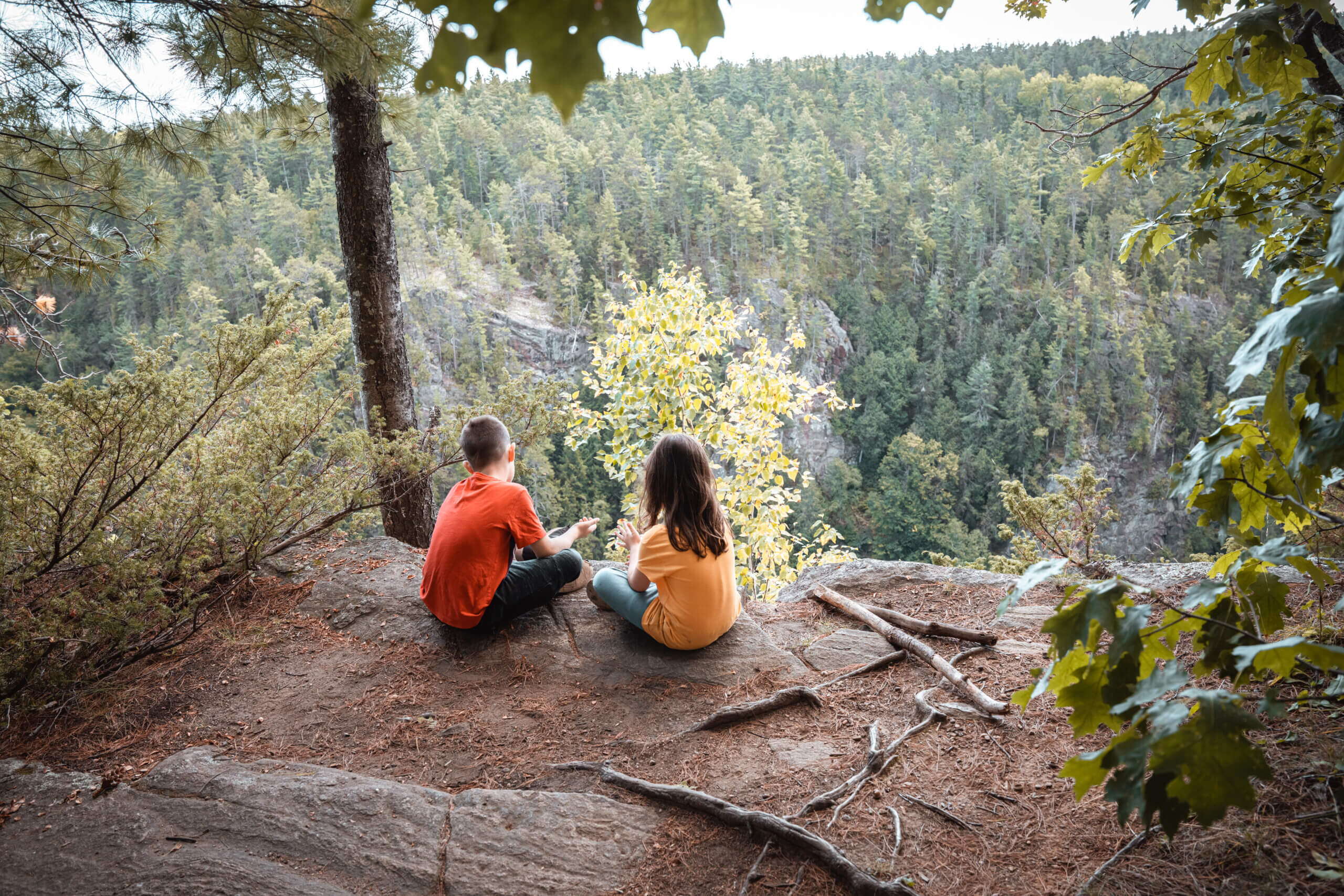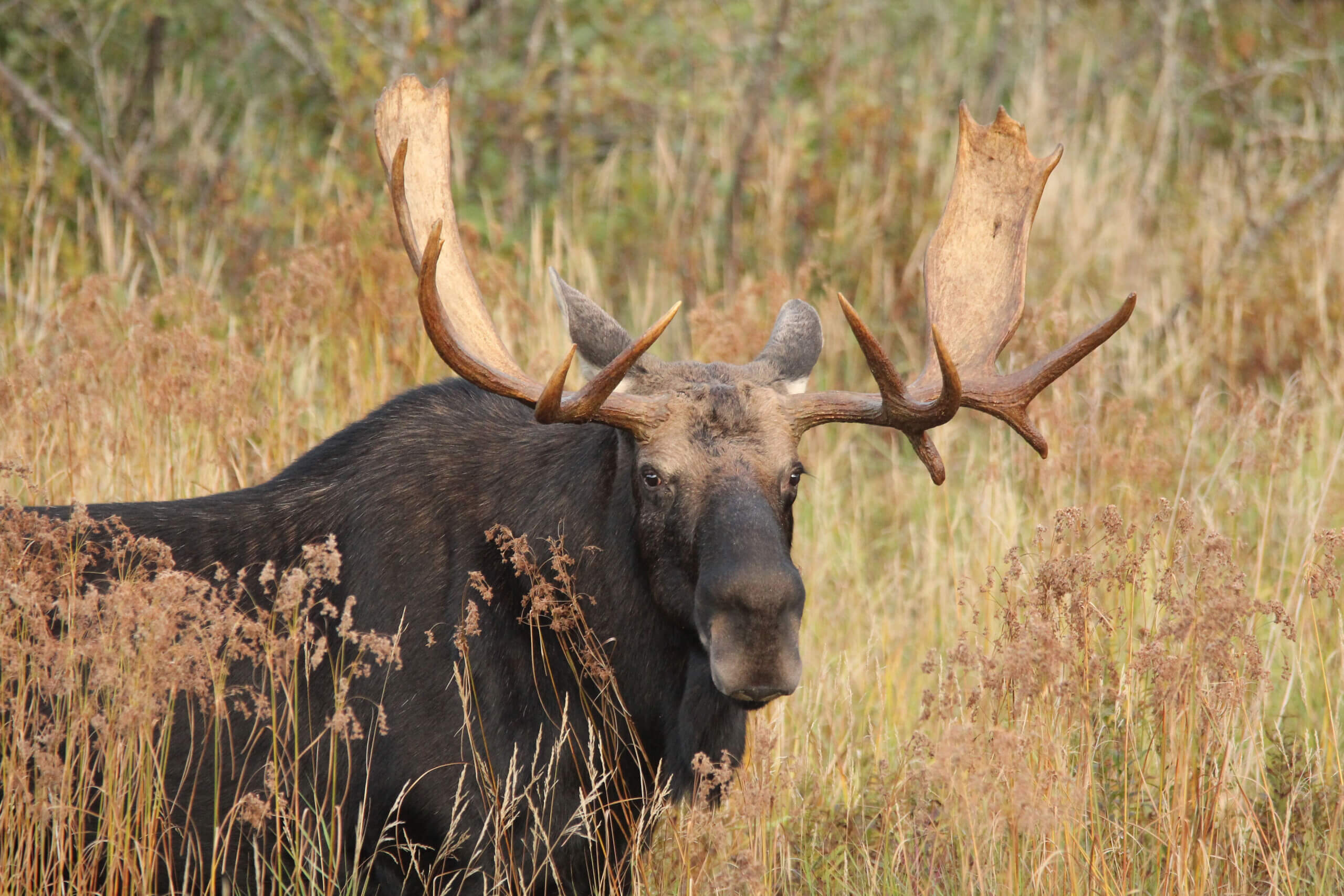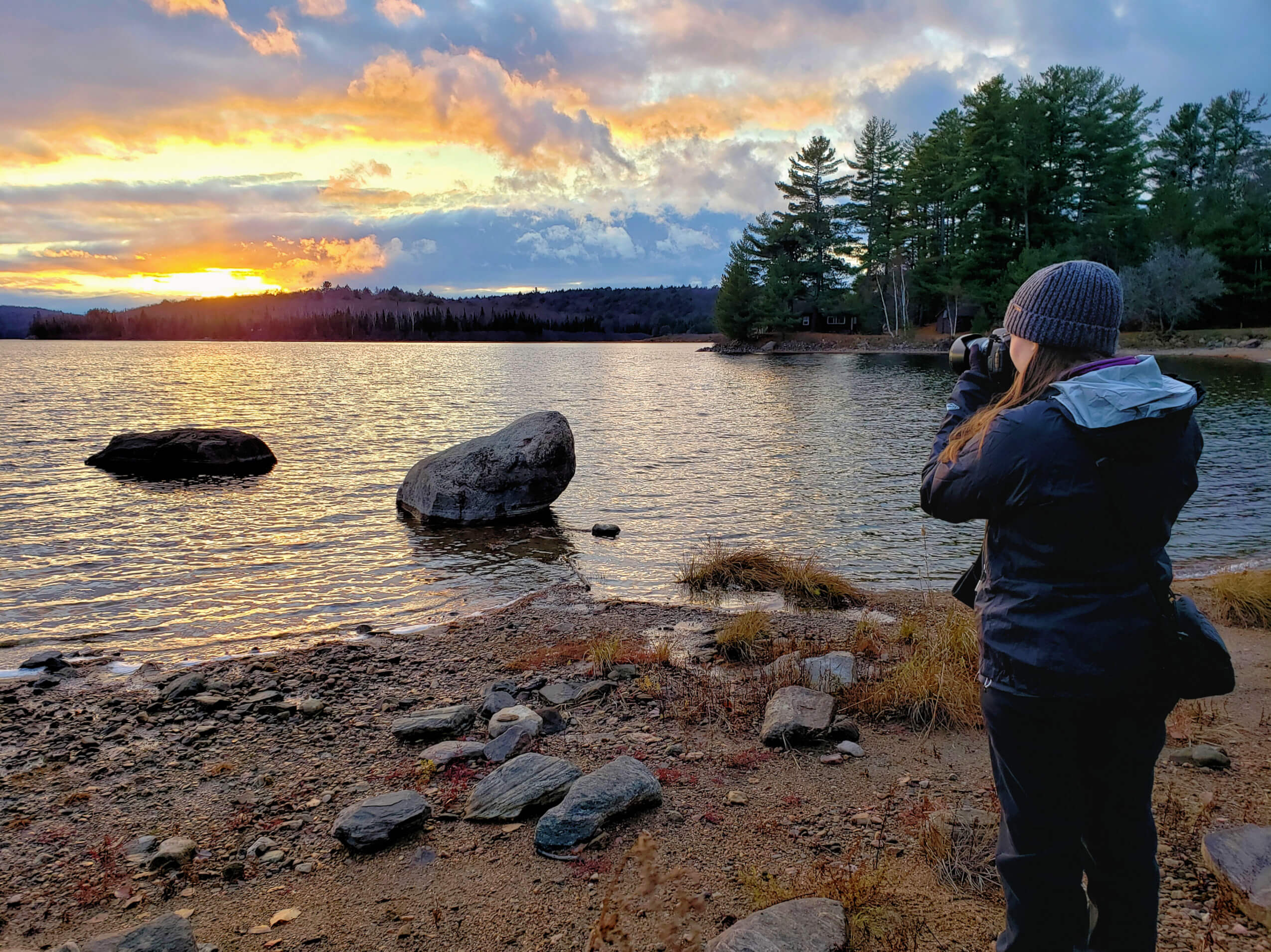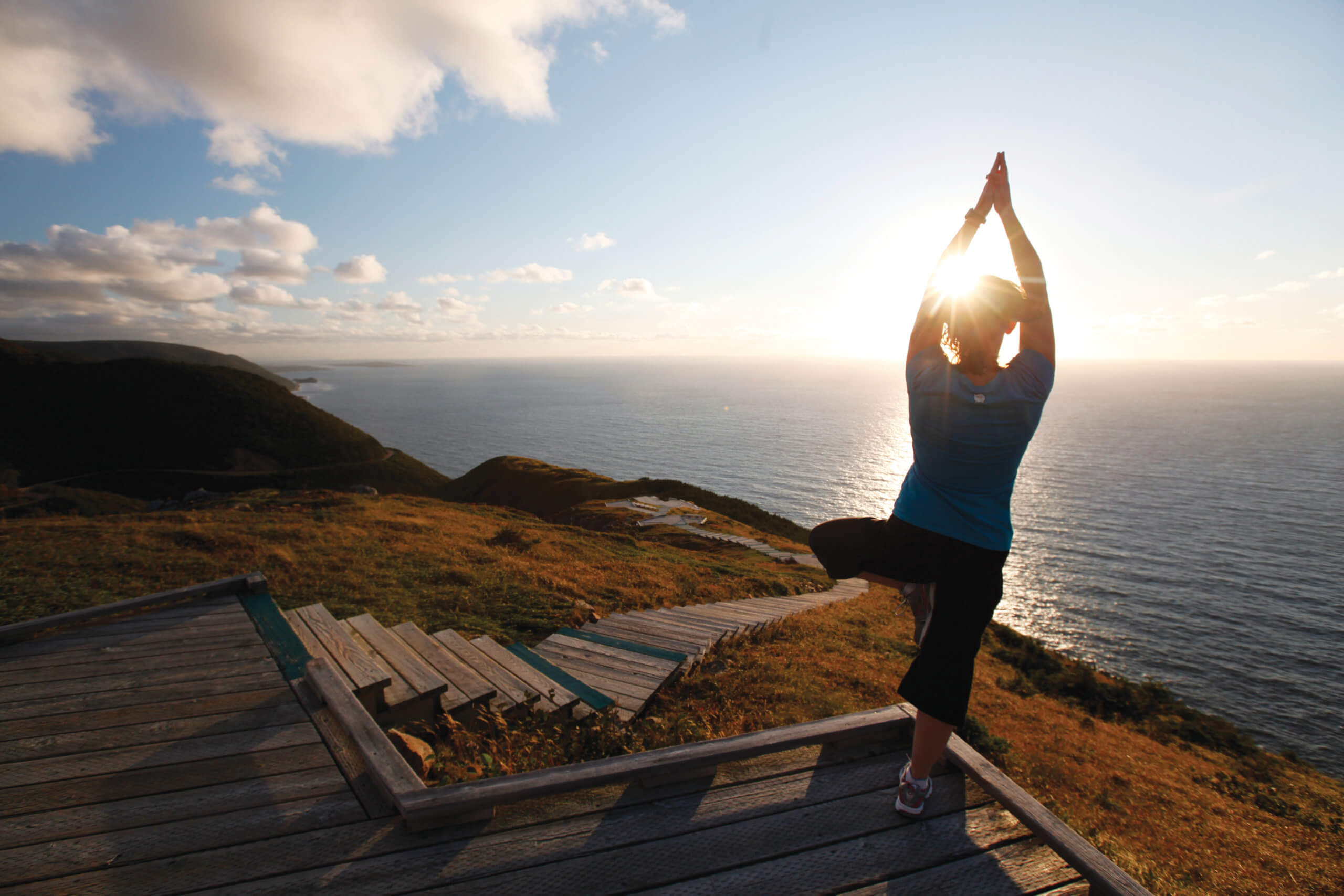How To Explore Algonquin Park This Summer
Home to thousands of lakes, seemingly endless acres of forests and the rocky terrain of the Canadian Shield, Ontario’s Algonquin Provincial Park welcomes visitors looking to get lost in nature. Metaphorically speaking, of course.
The true magic of Algonquin Park lies in its vast interior network of lakes and rivers and to experience it you have to go by foot or paddle. The majority of the park’s 7,635 square kilometres is not accessible by car.
But if you’re not quite up to a backcountry trip, don’t worry. Algonquin can be enjoyed on an overnight trip or even a day visit along its Highway 60 Corridor, which is accessible by car and only a 3- to 4-hour drive from Toronto.
The 56-km long stretch of highway slices through the southern portion of Algonquin Park and contains almost all of the park’s development. The West Gate (near Dwight) is known as “Kilometre 0” and the East Gate (near Whitney) is known as “Kilometre 56”. All of the park’s Corridor access points — whether they be a picnic spot, a campground or a hike — are measured between these points. So if you are looking to visit the Algonquin Art Centre, for example, it is located at km 20, the Hemlock Bluff Trail is at km 27.2.
Aside from the development along the Highway 60 Corridor, car access to Algonquin is also available in the north end in two spots (near North Bay) and in the east (near Pembroke).
Here are an easy 5 ways to get a taste of Algonquin Park this summer:
Camping at Algonquin Park
Camping in Algonquin Park comes in two forms: backcountry camping (as seen in the beautiful photo above) and front country/car camping. If you are up for a short paddle or hike, Algonquin has a few easy-to-access backcountry campsites. You can find more information on backcountry camping here.
But for those looking to have access to their car while camping, Algonquin is home to 11 established campgrounds, accommodating a range of tents and trailers.
Along the Highway 60 Corridor, you’ll find 8 campgrounds: Tea Lake, Canisbay Lake, Mew Lake, Two Rivers, Pog Lake, Kearney Lake, Racoon Lake, and Rock Lake. In the parks north end, there are two: Kiosk and Brent Lake. In the east, there is just Achray.
Reservations for all of these sites are available through the Ontario Parks Reservation site and open up 5 months in advance.
Paddling: Canoeing or kayaking in Algonquin Park
With more than 1,500 lakes and hundreds of kilometres of rivers, it is easy to understand why paddling is the most popular pastime in Algonquin Park. You could easily spend a lifetime exploring the park’s maze of water routes.
Even if you do not own a canoe, kayak or stand up paddle board (SUP), you can still experience the magic of paddling by renting one in the park. There are a few outfitters that rent equipment by the half-day, full day or multi-day.
You can purchase the Official Canoe Route map from the Friends of Algonquin Park, which will give you all the details you need to head out on a short (or long) paddle.
Hiking in Algonquin Park
Besides paddling, the best way to explore Algonquin is on foot along one of the beautiful hiking routes. There are many to choose from of various lengths and difficulties.
A popular and very scenic hike in the eastern section of the park is the 1.5-km Barron Canyon Trail (pictured above). The moderate trail runs along the north rim of the 100-metre-deep Barron Canyon and has beautiful views.
If you’re looking for a more challenging hike, the Centennial Ridges Trail is a 10-km loop accessible at km 37.6 along the Corridor. It is a strenuous hike that offers gorgeous sweeping views over two high ridges.
For a full list of hikes, click here.
Wildlife Viewing in Algonquin Park
While the fall season is most popular for wildlife viewing in the park (like the incredible picture of the bull moose above), you can really see wildlife at any time of year.
Algonquin Park is home to dozens of mammals, reptiles, amphibians and birds. One of the park’s most popular residents is the moose and it is always exciting to spot one or two of them in the woods or along the shores while paddling. The park is also home to wolves, black bears, beavers and a myriad of lovely birds including the iconic loon.
Bears, moose and deer are often seen from the road along the Corridor, especially at dawn and dusk. This is definitely a road you want to drive along carefully.
And be warned: if you are visiting in the late spring and summer, the most common creature you’ll encounter is the pesky mosquito. Bring bug spray.
Swimming: Beaches in Algonquin Park
If you’ve never had the pleasure of taking a dip in the clear, cold waters of an Ontario lake, you’re in for a treat. Swimming is a summer pleasure in Ontario and Algonquin Parks offers plenty of spots to swim, splash and enjoy the warm weather.
If you are camping in the park, your campground will have its own beach access where you can spend the day relaxing. And of course, you can jump into any of the beautiful lakes along your canoe route for a quick swim.
But if you are visiting for the day and looking for a beach, there are a few along the Corridor that will do the trick. The Canisbay Lake day use area (at km 23.1) has a small beach that’s great for swimming or you can try the Lake of Two Rivers picnic and beach area (km 33.8).
Don’t forget your camera!
Aside from all the activities, the thing you might find yourself doing the most while visiting Algonquin Park is taking photos of the stunning scenery. It really is a breathtaking part of the province.



